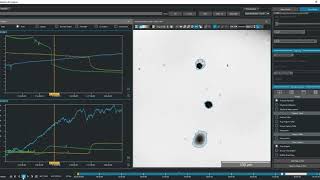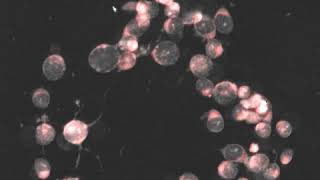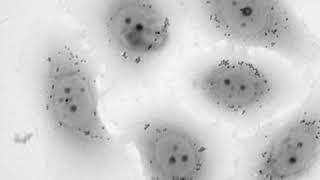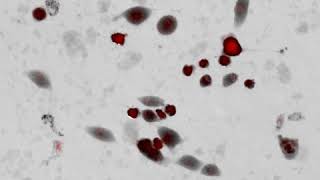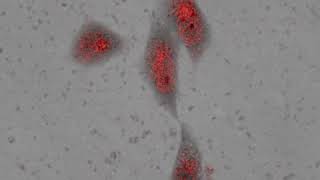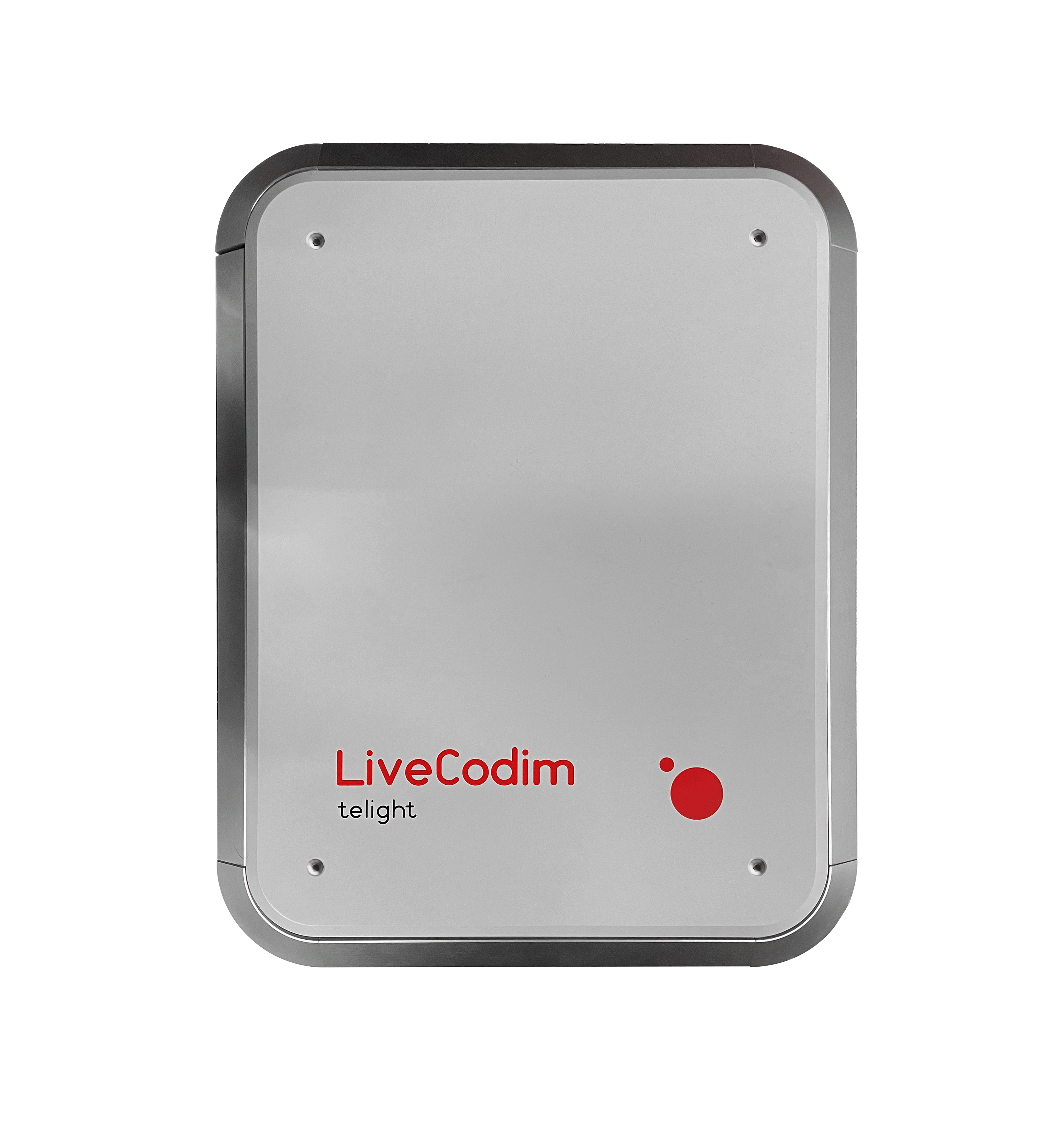Drug toxicity
The rapid advancement of pharmaceutical therapeutics and biomaterials opened the gate for studying various therapeutic modalities for diseases.
Accurate quantification of drug effects on cells or tissues is crucial for determining the safety, effectivity, and toxicity of drugs or biomaterials.
Q-Phase is a fast and versatile tool for long-term live-cell imaging, ideal for detecting the influence and toxicity of tested drugs or biomaterials. It allows for real-time quantification of multiple cellular parameters within a single experiment.
Due to the label-free technology and the extremely low phototoxicity, the tested agent represents the major variable that affects the behavior of the cell during the experiment.
LiveCodim is the perfect tool for high-resolution visualization of functional aspects of newly developed drugs. The high resolution allows for observing of the drug targeting – from entry within the cells to its trafficking – in a living sample, and thus elucidate fundamental mechanisms of drug activity within cells.
Publications
Fojtů, M. et al.
Silicane Derivative Increases Doxorubicin Efficacy in an Ovarian Carcinoma Mouse Model: Fighting Drug Resistance
Broad-Spectrum Antiviral Activity of 3’-Deoxy-3’-Fluoroadenosine against Emerging Flaviviruses
2D Germanane Derivative as a Vector for Overcoming Doxorubicin Resistance in Cancer Cells
The adhesion of normal human dermal fibroblasts to the cyclopropylamine plasma polymers studied by holographic microscopy
Products
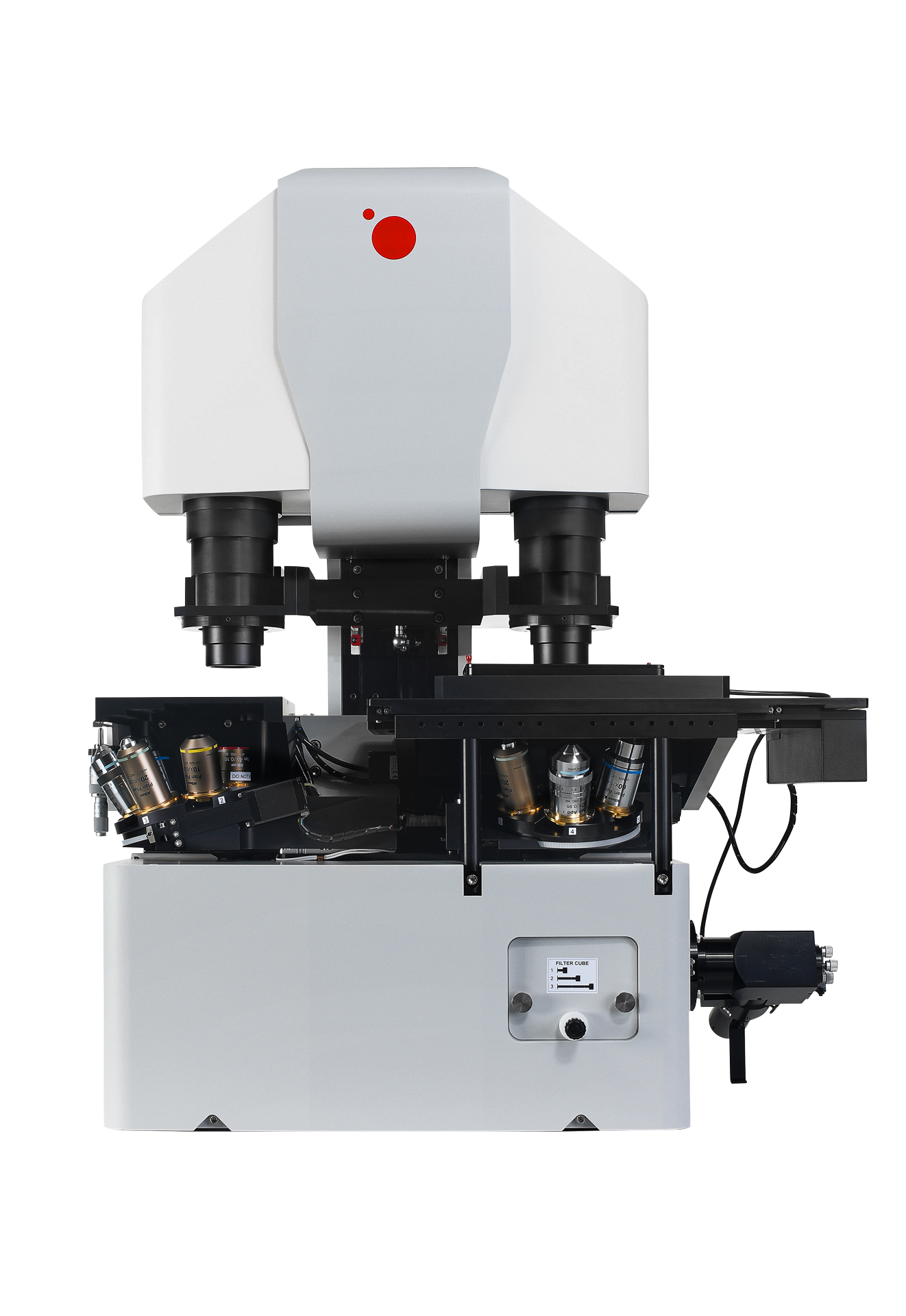
Telight Q-Phase
Quantitative Phase Imaging
Q-Phase is a patented holographic microscope with high detection sensitivity, designed for gentle live-cell imaging.
Q-Phase is an ideal solution for experts who desire precise automated segmentation of individual cells for subsequent data analysis. Q-Phase quickly transforms cell features and dynamics into numerical data suitable for comparisons, correlations, and more detailed statistics.
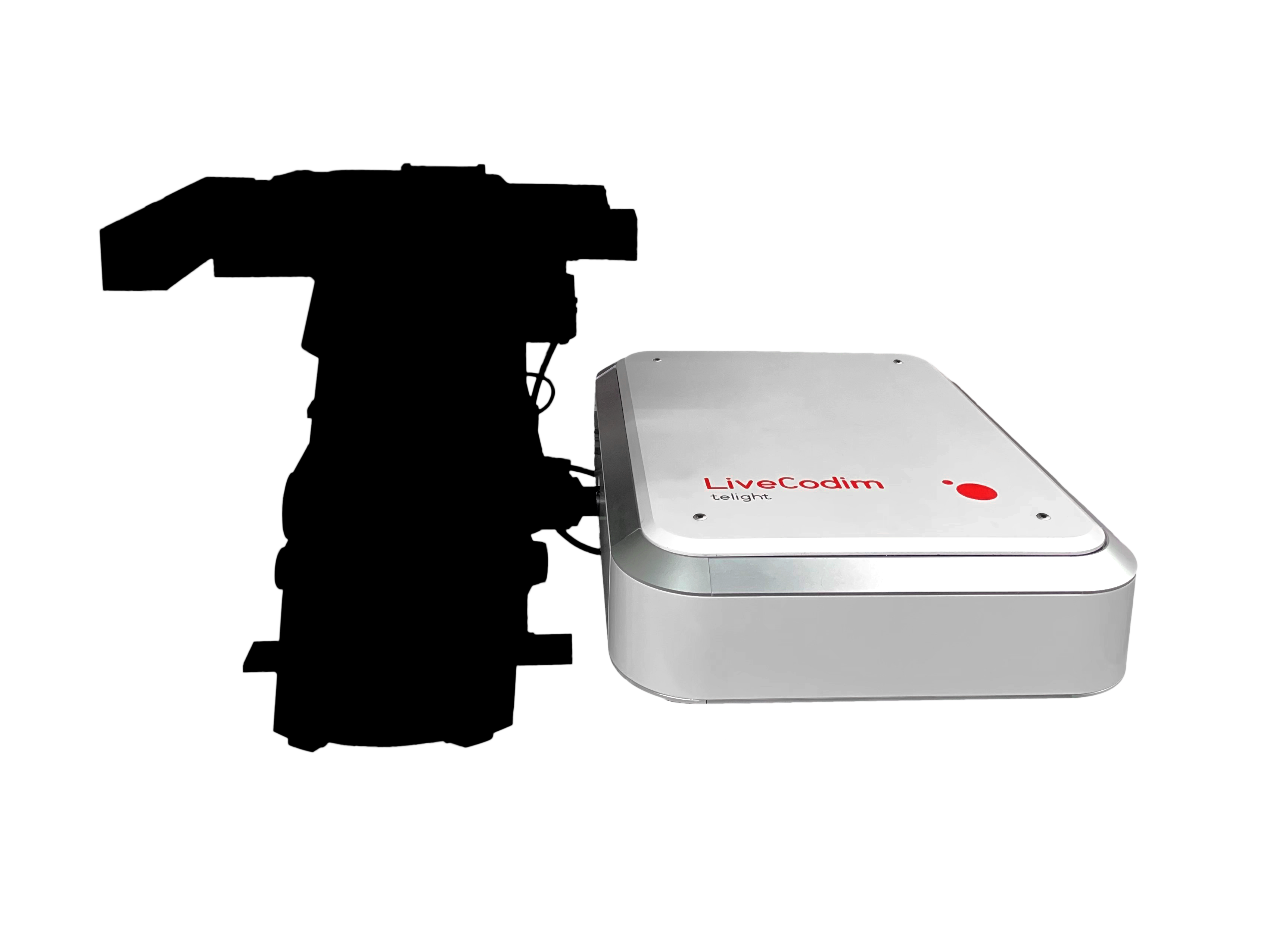
Telight LiveCodim
From conventional to super-resolution microscopy
LiveCodim is a universal, super-resolution imaging platform designed to interface with any standard fluorescence microscope. It is the solution for live-cell imaging with high resolution and low phototoxicity.
